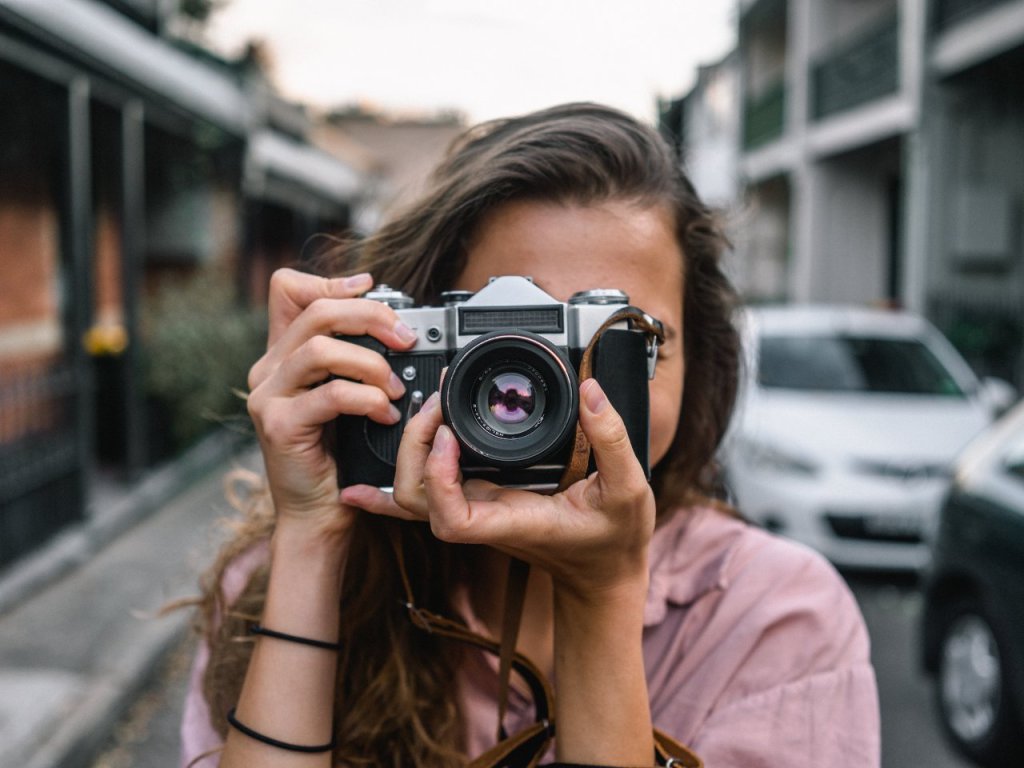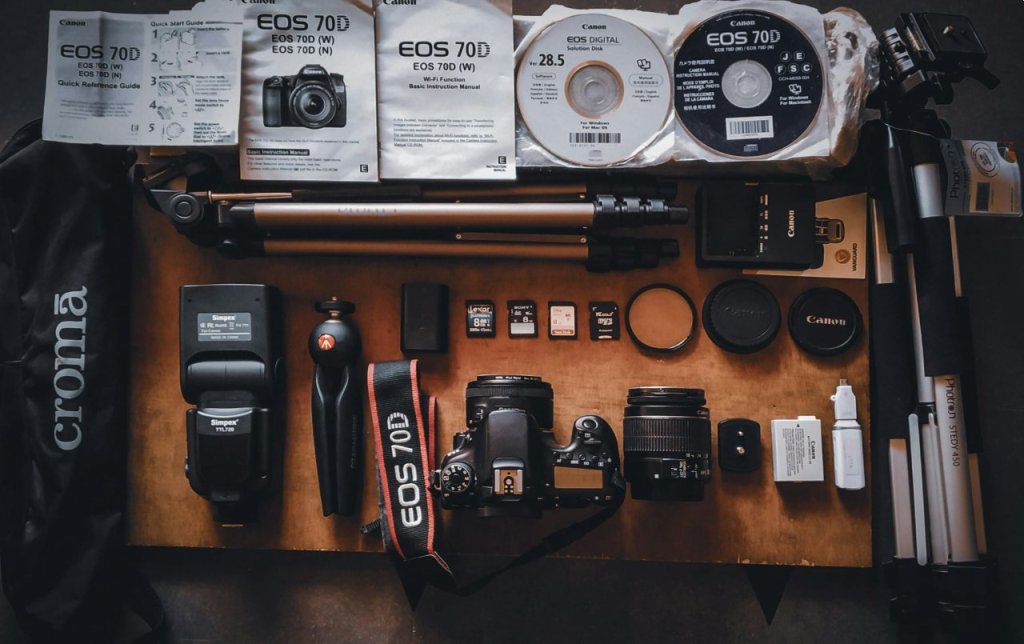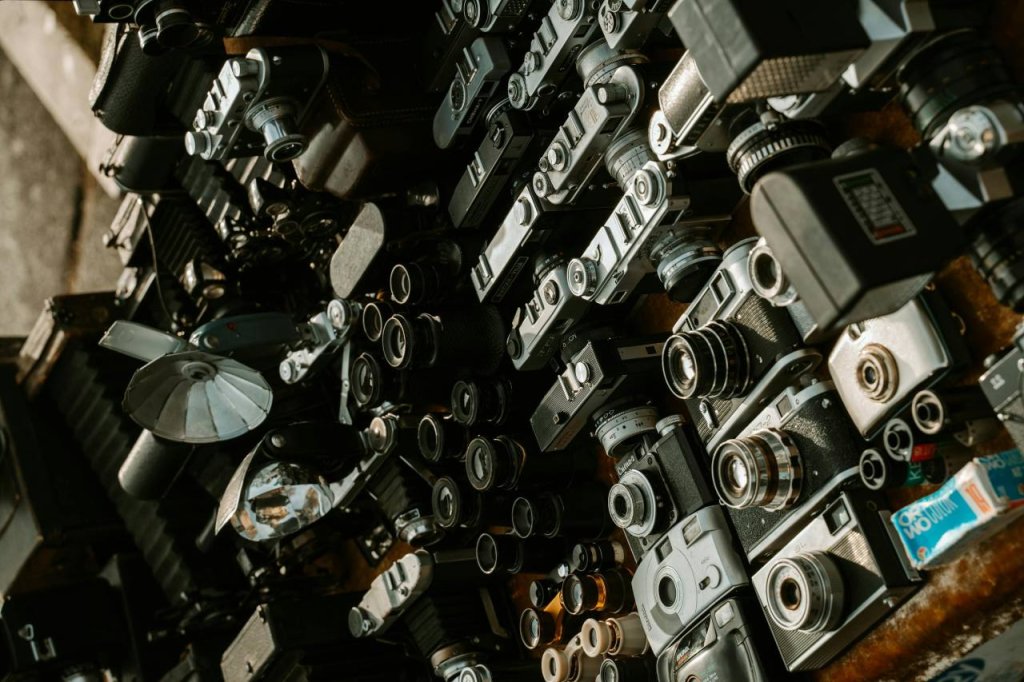Venturing into the world of photography with a mirrorless camera doesn’t have to come with the hefty price tag of brand-new equipment. Opting for a second-hand camera can be a savvy move for both budding and seasoned photographers alike. In this ultimate guide, we’ll navigate the intricacies of testing a used mirrorless camera to ensure your investment is sound. From shutter counts to the imperative evaluation of the sensor’s condition, we´ll break down each step.
Before sealing the deal, it’s crucial to thoroughly inspect every aspect of the mirrorless camera. Reputable online retailers may offer these second-hand treasures, but exercising caution is essential to avoid gray imports, faulty items, or potential scams. This guide sheds light on specific considerations unique to mirrorless cameras, renowned for their lightweight design, superior image quality, and advanced video capabilities. We’ll delve into essential checks, covering everything from battery health and terminal connectors to the functionality of the electronic viewfinder and autofocus performance.

Furthermore, we’ll discuss how to identify signs of wear and ensure that all necessary accessories are included – ensuring the pre-owned camera is ready to enhance your photographic pursuits. As we progress, be vigilant for common model-specific issues and emphasize the significance of up-to-date firmware. A carefully examined second-hand camera not only provides value but also becomes a reliable tool for capturing your artistic vision. Let’s explore the practical steps to confidently evaluate mirrorless cameras, allowing you to elevate your skills without compromising on quality or functionality.
Step-by-Step Process to Test a Mirrorless Camera
Embarking on the practical journey of evaluating a second-hand camera, particularly within the realm of mirrorless cameras, demands a systematic approach. This section is dedicated to offering you a structured, step-by-step process to thoroughly scrutinize your prospective photography companion.
Firstly, the shutter count stands as a trusty harbinger of the camera’s lifespan. For Olympus mirrorless cameras, access this vital statistic via a secret menu, achieved through a specific sequence of button presses upon startup. Some models may also permit online shutter count checks – utilize services like Camera Shutter Count or My Shutter Count by uploading a JPEG image from the camera. This count, nestled comfortably between 100,000 to 300,000 for most cameras, lays the groundwork for the camera’s remaining longevity.
Here’s a quick checklist to keep handy when evaluating your second-hand camera in camera stores:
Physical Inspection:
- Examine the camera body for any signs of damage, such as missing paint, stripped screws, or damage to the viewfinder.
- Inspect for spots or dust on the sensor, typically visible in test shots reviewed on a computer.
- Verify the camera’s overall functionality, ensuring that buttons, dials, and touchscreen are responsive.

Performance Testing:
- Check the autofocus capability by photographing a moving subject to evaluate tracking and sharpness.
- Run the camera through a video test, noting any hitches during recording or playback. This blurs the distinction between still photography and videography capabilities intrinsic to versatile mirrorless cameras.
- Evaluate the condition and performance of the battery and memory card slots – vital components that affect usability on the field.
Verification and Warranties:
- Confirm the authenticity and legal status of the second-hand camera by checking its serial number with online databases to ensure it’s not stolen.
- Investigate the camera’s history and current warranty to ensure any future issues can be addressed under coverage.
Adhering meticulously to this checklist will significantly enhance your chances of acquiring a second-hand camera that closely mirrors the functionality and reliability of a new one. It’s crucial to cross-reference the seller’s description with the actual camera, aiming for transparency and alignment between the stated condition and reality. Additionally, don’t hesitate to request information such as the number of photos taken or receipts to verify that the camera’s history aligns with the seller’s assurances.
Boost your diligence by keeping a keen eye out for potential model-specific quirks, information easily accessible through community forums or photography blogs. A thorough review using this guide represents a photographer’s due diligence, empowering you with the discernment to identify a worthwhile second-hand mirrorless camera amidst the array of options available.

As we have navigated through the crucial steps of assessing a second-hand mirrorless camera, the importance of a meticulous inspection process has been made abundantly clear. From the shutter count‘s tale-telling capacity to gauge the camera’s lifespan to the detailed scrutiny of the sensor, body, and performance, each check serves to ensure that your potential investment holds value. The guide’s method worked as a framework to ensure that the camera meets your needs, performs reliably, and is safeguarded by warranties where possible – setting you on a path to photographic success without the brunt of a full retail price.
In conclusion, bear in mind that discerning a second-hand gem requires a blend of patience, insight, and the guidance provided throughout this article. The significance of this endeavor extends beyond the transaction; it emphasizes your passion for photography, furnishing you with a tool that not only captures images but embodies trust and longevity. While additional research or a test shoot may still be in your future, you now possess the readiness to make an informed decision. May the camera you ultimately choose seamlessly complement the sights you aspire to immortalize, serving as a testament to the practical wisdom you’ve acquired here today.




